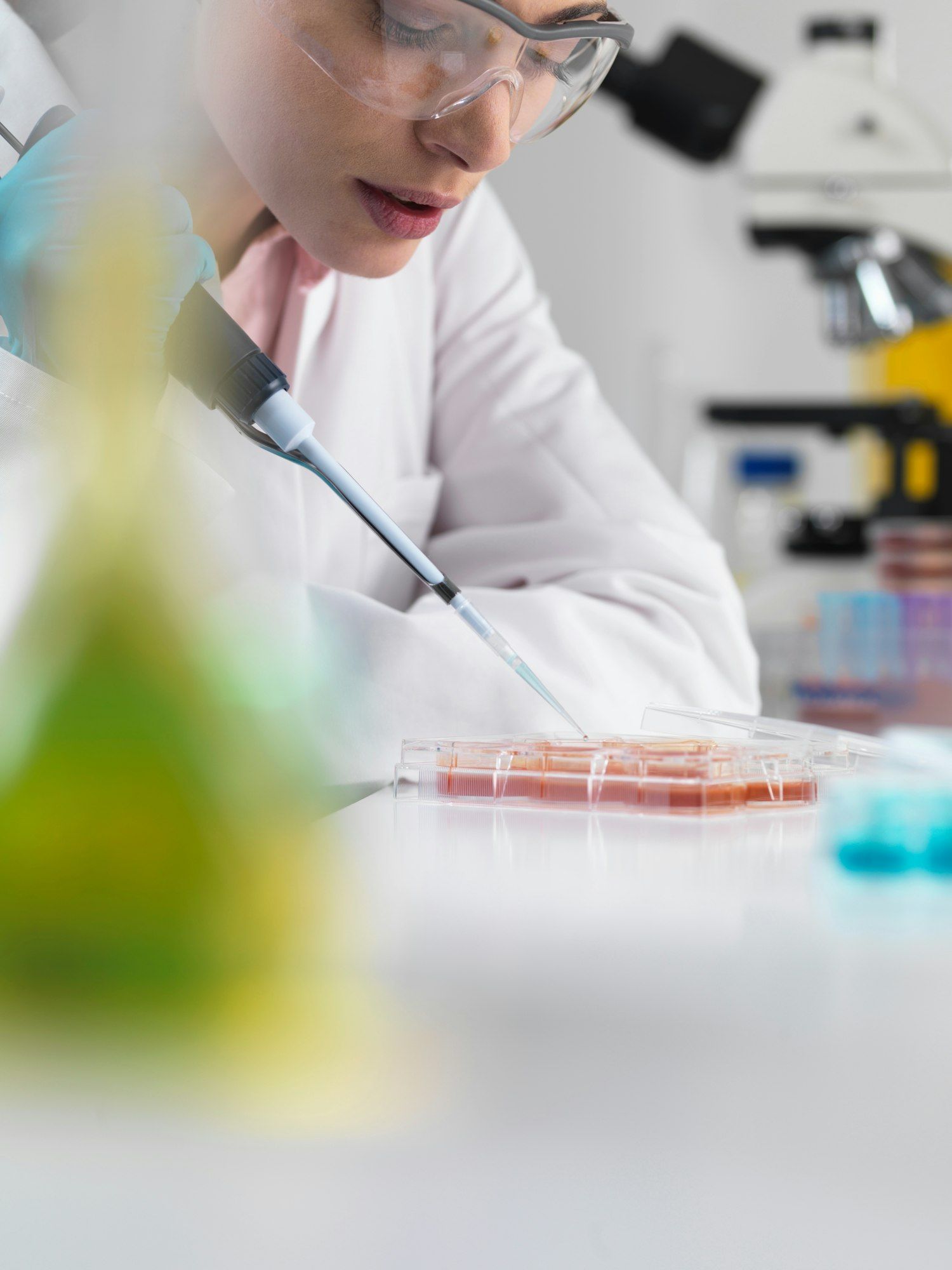The fascinating field of stem cell therapy offers a beacon of hope to those suffering from cardiac conditions. This innovative therapy aims to regenerate damaged heart tissue, offering an alternative to more conventional, invasive treatments.
Harnessing the Power of Stem Cells
Stem cells are unique. These cells have the impressive capability to develop into many different cell types in the body during early life and growth. In addition, under certain physiological or experimental conditions, they can be induced to become tissue- or organ-specific cells with special functions. Harnessing this potential to regenerate damaged heart tissue holds the promise of a revolutionary approach to treating heart disease.
Topic to read : What Are the Key Considerations When Choosing Between Electric and Manual Toothbrushes for Gum Health?
Research into stem cell therapy for cardiac treatment has been a hot topic in the scientific world, with scholars from around the globe digging deep to explore the possibilities. A quick search on Google Scholar will present an array of studies detailing the latest advances and breakthroughs.
The Role of MSCs in Cardiac Treatment
Mesenchymal Stem Cells (MSCs) have been a key player in this field of research. MSCs are multipotent stromal cells that can differentiate into a variety of cell types, including osteoblasts (bone cells), chondrocytes (cartilage cells), myocytes (muscle cells) and adipocytes (fat cells).
This might interest you : Does the Integration of Holistic Therapies in Traditional Treatment Plans Improve Outcomes for Chronic Pain Patients?
Scientists are particularly interested in the potential of MSCs for cardiac treatment. Research has shown that when these cells are introduced into the body, they can home in on damaged areas, promoting tissue repair. They do this by releasing substances that stimulate the body’s own repair mechanisms, reducing inflammation and encouraging the growth of new blood vessels in the heart tissue, which is vital for its repair and regeneration.
Stem Cell Therapy for Ischemic Heart Disease
Ischemic Heart Disease, a common type of heart disease caused by a buildup of plaque in the coronary arteries, has been a key focus for stem cell therapy.
Traditional treatments for Ischemic Heart Disease, such as medication, lifestyle changes, angioplasty, or bypass surgery, come with risks and may not be suitable for all patients. In contrast, stem cell therapy offers a potentially less invasive approach. The aim is to use human-derived stem cells to regenerate the damaged heart tissue.
Clinical trials have shown promise in this regard. For instance, the Mayo Clinic has been conducting ground-breaking research in this area. Their work suggests that stem cells derived from a patient’s own body could be used to treat Ischemic Heart Disease, with early results showing improvements in patients’ symptoms and quality of life.
Embryonic Stem Cells: A Controversial, Yet Promising Avenue
Embryonic stem cells are another type of stem cell with potential for cardiac treatment. These are pluripotent, meaning they can give rise to every cell type in the fully formed body, but not the placenta and umbilical cord. These are incredibly versatile and can be used to generate cells and tissues for a wide range of diseases.
However, the use of embryonic stem cells in therapy is controversial due to ethical and regulatory issues. Despite this, research into their potential continues, and some promising results have been obtained.
In a landmark study, researchers were able to generate cardiomyocytes (heart muscle cells) from human embryonic stem cells. When these cardiomyocytes were injected into a mouse heart following a simulated heart attack, they matured and integrated with the existing heart tissue, demonstrating their potential for cardiac regeneration.
Stem Cells and Heart Regeneration: The Future is Bright
The world of stem cell therapy for regenerating damaged heart tissue is one that is rapidly evolving, with new advances and discoveries being made all the time.
While there are still many challenges to be overcome, such as ensuring the safety and efficacy of these therapies, the potential benefits are significant. Not only could this approach offer a less invasive treatment option for patients with heart disease, but it could also extend their life span and improve their quality of life. With each new study and clinical trial, we are one step closer to making this promising therapy a reality.
As you can see, the potential of stem cell therapy for cardiac regeneration is immense. Let’s keep our fingers crossed that the breakthrough we are all waiting for is just around the corner.
Bone Marrow-Derived Stem Cells: A New Breakthrough
Another exciting avenue of research in stem cell therapy for heart regeneration revolves around bone marrow-derived stem cells. Bone marrow is a rich source of adult stem cells, which can differentiate into a variety of cell types.
There are two main types of stem cells found in bone marrow: hematopoietic stem cells, which can give rise to all the different types of blood cells, and mesenchymal stem cells, which we’ve discussed earlier. Both have shown potential in the treatment of heart failure.
In various research studies and clinical trials, scientists have been investigating the effect of injecting these bone marrow-derived stem cells directly into the heart muscle. The theory is that these cells will then differentiate into new heart muscle cells, replacing the damaged ones and improving heart function.
One such study published in Google Scholar was conducted at the Mayo Clinic. In this clinical trial, patients with heart failure were treated with their own bone marrow cells. The results showed that these patients experienced a significant improvement in heart function and a reduction in symptoms, demonstrating the feasibility and potential of this treatment approach.
However, while these results are promising, more research is needed to optimize the process and ensure the long-term safety and efficacy of this treatment.
Conclusion: The Promise of Stem Cells for Cardiac Regeneration
The rapidly advancing field of stem cell therapy presents an exciting new frontier for the treatment of heart disease. From the potential of MSCs and embryonic stem cells to the breakthroughs with bone marrow-derived stem cells, the possibilities seem endless.
Clinical trials have shown promising results, with patients experiencing improvements in symptoms and quality of life. However, there are still many challenges to be overcome, not least of which are the ethical issues surrounding the use of embryonic stem cells and ensuring the long-term safety and effectiveness of these treatments.
Despite these challenges, the potential benefits of stem cell therapy for heart regeneration are significant. This innovative approach could provide a less invasive and more effective treatment option for those suffering from heart disease, reducing the need for risky and invasive surgeries.
As more research is conducted and more clinical trials are carried out, we move closer to realizing the full potential of stem cell therapy. With each new breakthrough, we gain a better understanding of how these therapies work and how they can be used to improve the lives of those suffering from heart disease.
In the world of cardiac regeneration, the promise of stem cells is undeniable. As we continue to delve deeper into this exciting field, let’s keep in mind the immense potential that these cells hold. Because, after all, they may just hold the key to a healthier heart.











